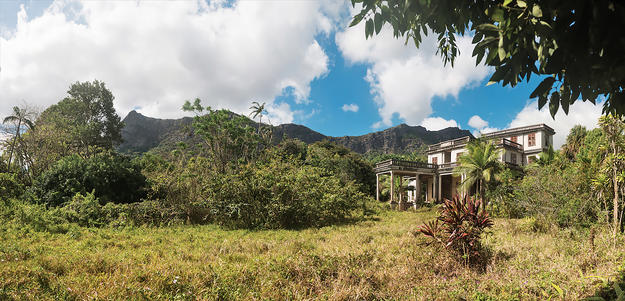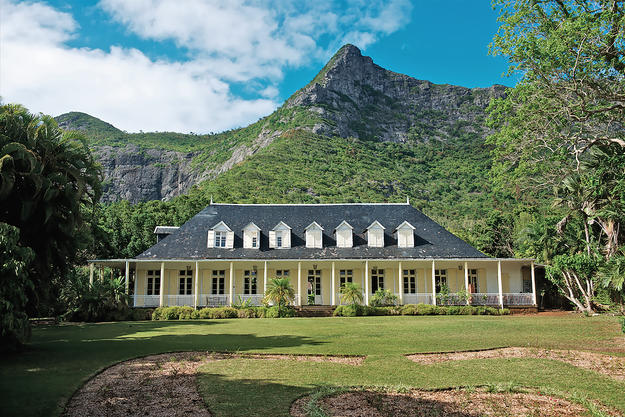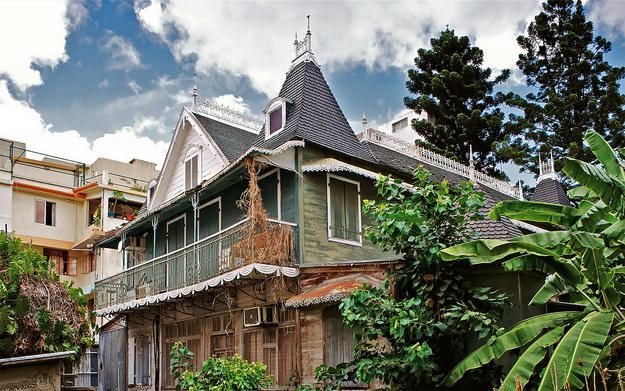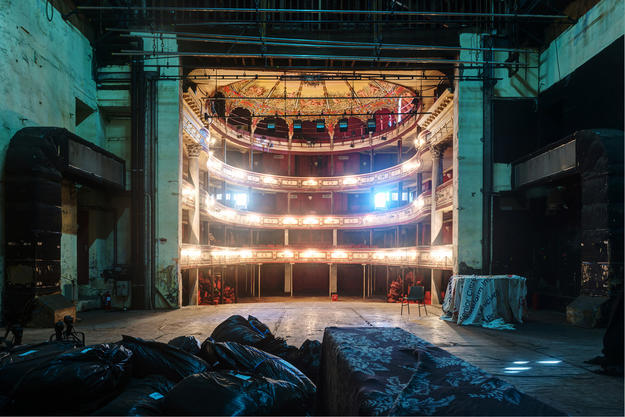Traditional Architecture of Mauritius
2016 World Monuments Watch
The distinctive architecture of Mauritius reflects the island nation’s history as a colonial trade base connecting Europe with the East. Styles and forms introduced by Dutch, French, and British settlers from the seventeenth century onward, mixed with influences from India and East Africa, resulted in a unique hybrid architecture of international historic, social, and artistic significance. Mauritian structures present a variety of designs, materials, and decorative elements that are unique to the country and inform the historical context of the Indian Ocean and European colonialism.
Decades of political, social, and economic change have resulted in the routine destruction of Mauritian architectural heritage. Between 1960 and 1980, the historic homes of the island’s high grounds, known locally as campagnes, disappeared at alarming rates. More recent years have witnessed the demolition of plantations, residences, and civic buildings as they have been cleared or drastically renovated for new developments to serve an expanding tourism industry. The capital city of Port Louis remained relatively unchanged until the mid-1990s, yet now reflects the irreversible damage that has been inflicted on its built heritage. Rising land values are pitted against the cultural value of historic structures in Mauritius, while the prohibitive costs of maintenance and the steady decline in traditional building skills make it harder to invest in preservation.
The 2016 World Monuments Watch calls for increased local and international attention to the widespread and sustained destruction of the architectural heritage of Mauritius. In the face of rapid and unregulated development, the built structures and cultural identity of the island continue to suffer. The Watch encourages the engagement of site owners and other local stakeholders as well as the mobilization of political and financial forces to promote heritage preservation as a means, rather than a hindrance, to sustainable economic development.
Since the Watch
In April 2016, Mauritius’s Council of Ministers designated twelve religious and cultural sites places of national heritage.




